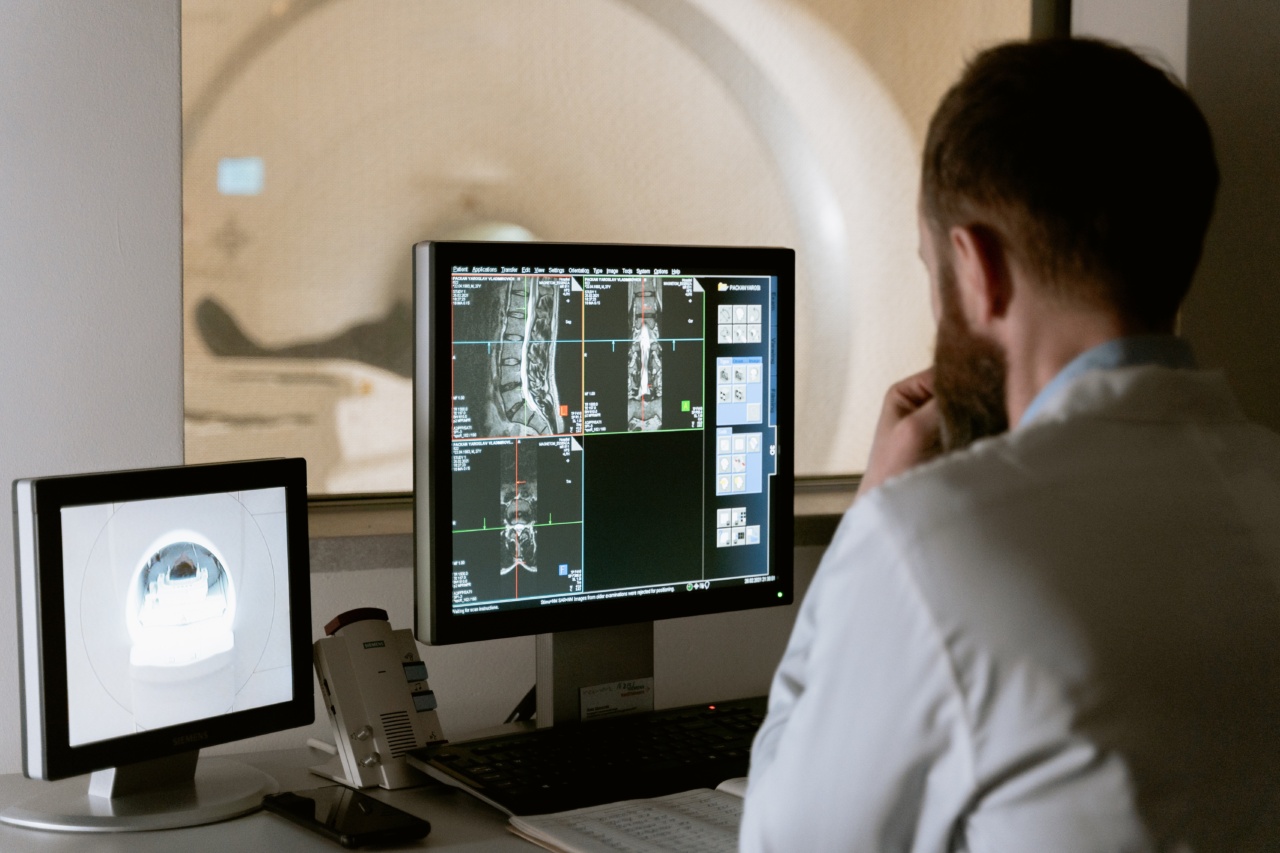The human genome is the complete set of DNA present in each of our cells. It contains all of the information needed to create and maintain a human being.
Advancements in technology have made it possible to study the genome in-depth, and this has led to the development of innovative genetic screening methods for disease detection. In this article, we will discuss some of the most effective methods currently available.
Whole Genome Sequencing
Whole genome sequencing is a method that involves identifying and analyzing the entire DNA sequence of an individual’s genome. This technique is useful for detecting genetic variants that may be responsible for causing diseases.
The first whole genome sequence was published in 2001 and since then, we have made significant strides in the technology. Advances in high throughput sequencing technologies make it possible to sequence entire genomes at a faster rate and lower cost.
With this technique, physicians can detect rare genetic disorders that would have been difficult or impossible to diagnose with traditional methods.
Gene Panel Testing
Gene panel testing is another genetic screening method that involves analyzing selected genes for specific mutations associated with a particular disease.
Gene panel testing can be a more cost-effective alternative to whole genome sequencing, as it focuses on specific genetic variants. This method can also provide quick results, making it particularly useful in urgent cases such as neonatal intensive care.
Next-Generation Sequencing
Next-generation sequencing (NGS) is a highly sensitive and specific method for sequencing DNA. This method can detect a range of genetic variations, including single nucleotide variations and copy number variations.
In addition, NGS can be used to study the transcriptome (all the RNA molecules produced by a cell with specific conditions), epigenetic modifications and gene expression. This technique has revolutionized the field of disease diagnosis and personalized medicine.
Comparative Genomic Hybridization
Comparative genomic hybridization (CGH) is a technique that involves comparing the DNA of an individual to a reference genome. This technique is used to detect chromosomal abnormalities and copy number variations.
It is useful for detecting disorders such as Klinefelter syndrome, Turner syndrome and Down syndrome. This technique involves the hybridization of labeled genomic DNA from both the control and test samples to a microarray. The hybridization signal is then scanned, and data analysis is used to detect changes in the DNA copy number.
Fluorescence In Situ Hybridization
Fluorescence in situ hybridization (FISH) is a technique that can detect specific DNA sequences using fluorescent probes. This method can be used to detect chromosomal abnormalities, such as translocations, deletions, and amplifications.
The method is used to diagnose a variety of genetic disorders, including some types of cancer. FISH has also been used to detect pathogens in infectious diseases such as tuberculosis and HIV/AIDS.
Microarray Analysis
Microarray analysis is a technique that uses a small slide with thousands of spots of known DNA sequence.
This method allows researchers to analyze gene expression patterns and detect changes in gene expression in response to biological stimuli or environmental factors. Microarray analysis also enables rapid detection of infectious diseases, bacterial identification and antibiotic resistance profiling.
Quantitative Polymerase Chain Reaction
Quantitative polymerase chain reaction (qPCR) is a highly sensitive technique used to measure the amount of DNA in a sample. This method involves quantifying the amount of DNA present in a particular gene of interest using fluorescent dyes.
This technique can be used to diagnose genetic disorders such as cystic fibrosis, sickle cell anemia and Huntington’s disease.
Genome Editing
Genome editing is a relatively new technique that involves making specific changes to the DNA sequence of an organism. This method involves using enzymes like CRISPR-CAS9 to cut DNA at specific points.
Genome editing can be used to correct genetic mutations or create specific genetic mutations in a laboratory setting. This technique has the potential to revolutionize the field of medicine, as it could be used to treat genetic disorders that were previously untreatable.
Conclusion
The rapid advancements in technology have made it possible to study the human genome in great detail.
The innovative genetic screening methods described above have revolutionized the field of medicine, making it possible to diagnose diseases more quickly and accurately. These techniques have also paved the way for precision medicine, which involves tailoring treatments to individual patients based on their genetic makeup.
As technology continues to improve, we can expect even more innovative genetic screening methods to emerge.
























